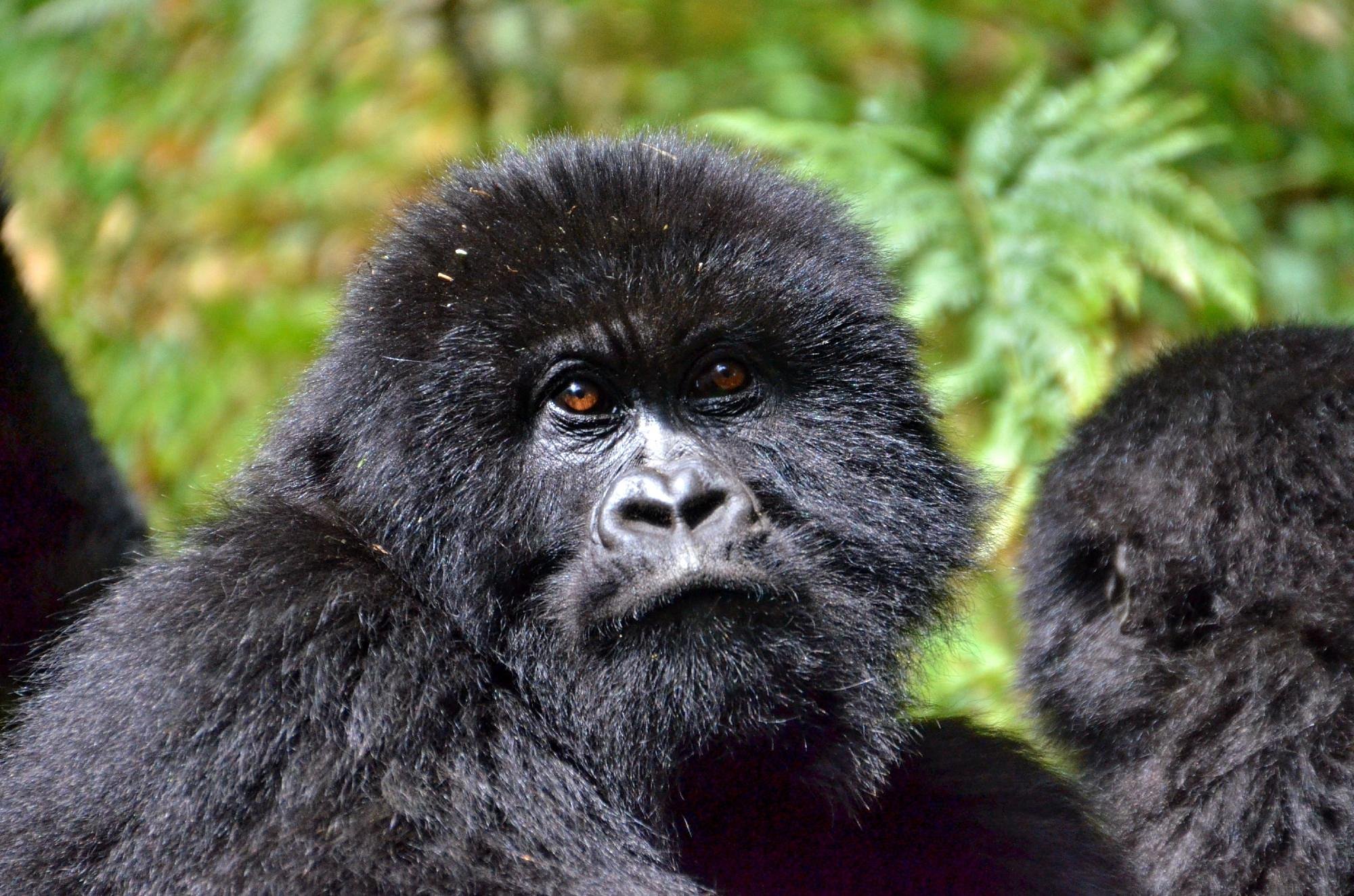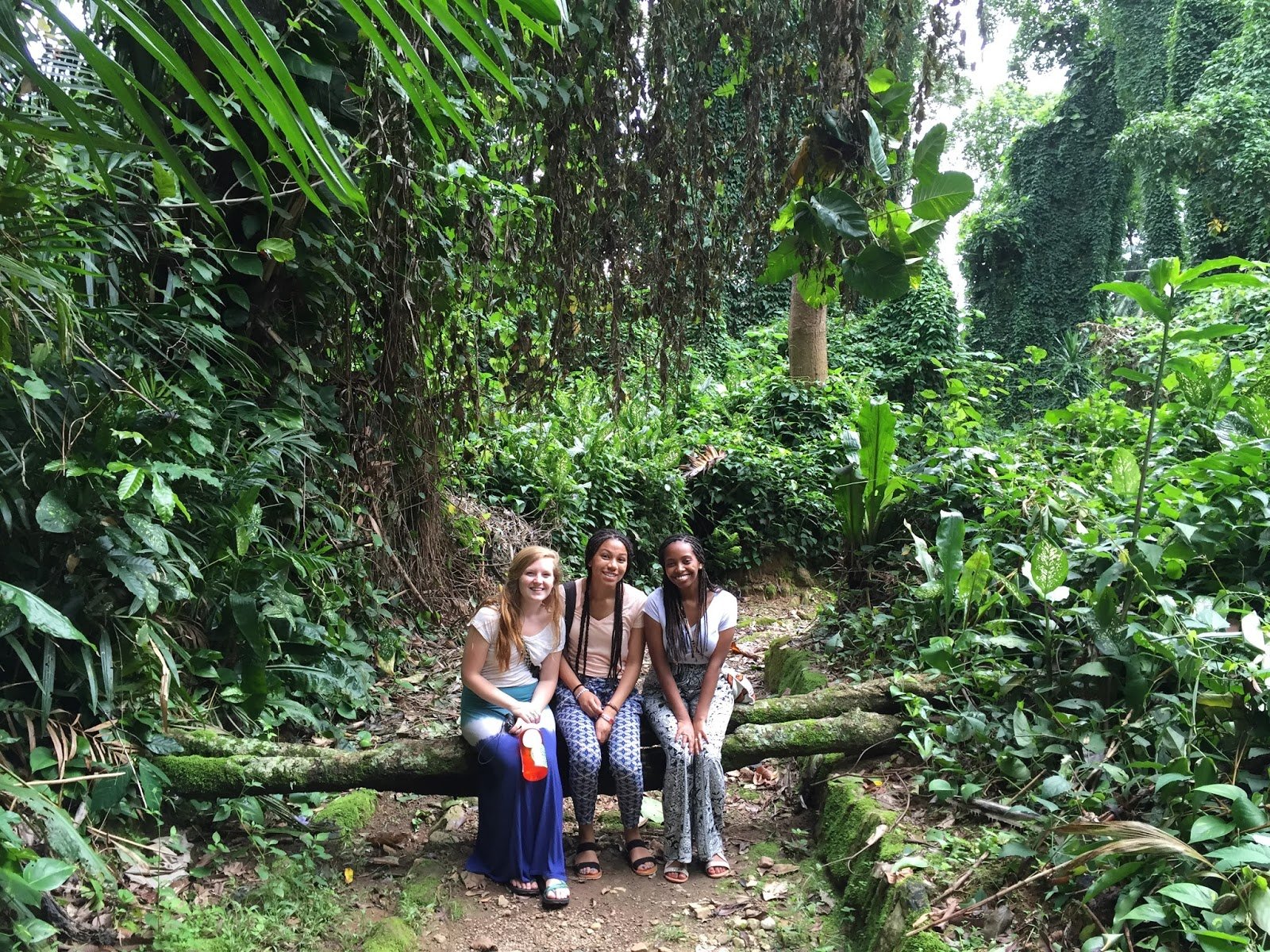The forgotten cultural heritage of Uganda National Museum
Uganda National Museum was established in 1908 with an aim of exhibiting a true traditional culture of Uganda. This historical site is situated on plot 5,Kira road in Kamwokya, a Kampala suburb, and it occupies an area of 13 acres ( about 3.359 hectares).Though the interior of the Museum was recently painted, it still portrays the original African architecture. There are still more improvements that are needed to make this historical site more appealing like; improving of the dilapidated benches in the gardens and widening of the parking yard.
Uganda National Museum is one of the leading cultural destinations in Uganda due to its exhibition of the artifacts of Uganda’s traditional culture, history, science and archeology. The various riddled sections are so interesting and they bring back the memories of the different historical aspects of the country. For example, while in the Stone Age section, a visitor is exposed to the physical tools that were used by the Stone Age people. Some of the tools found in this section include; bones, stones, wood used for cutting, chipping and scrapping. A visitor can also see how Ugandans evolved these ancient tools into the modern tools that are used today.
A cultural safari to Uganda National Museum enables a visitor to see how Africans evolved from their ancestors (from the pre-historical period of apes to humans). This whole story is told by the well displayed pictures plus the tools and skulls or bones.
The different cultures of this East African country which involve the Iron Age culture are represented by the striking displays of traditional clothing (both bark cloth and animal skins), hairdressing and headdress. There are also other attributes to display how the ancient local people used to hunt, history of transportation, agriculture, fishing, religion, war and how ancestors spent their free time.
Still at the Museum, a visitor is able to see how the people used to keep law and order in the absence of a police force and no specific penal code. Get to know how the early people used to prove who had committed a crime without a judge and courts. A visitor is able to also know how divine pots were used by the Lugbara and Madi people to assess the innocence of the accused.
However, despite the rich cultural heritage value that this place has, the government of Uganda believes that it has become more of a liability because of its failure to generate the expected revenue. But this low revenue collection is also said to be a blame of the government due to its underfunding of the place.
The underfunding of the Museum by the government has forced management of the museum to lease out some land to Uganda Wildlife Authority (UWA) and to Ibamba restaurant, a private developer. This was done to generate enough revenue that can keep the museum functioning as expected.
Initially, the natives could access the Museum freely but as a way of boosting the facility’s income, they are now charged Shs 1,000 per an adult and Shs 500 per a child. Foreigners are charged Shs 3,000 per an adult and Shs 1,500 per child. For visitors carrying video and still cameras, an additional Shs 20,000 and Shs 5,000 respectively is charged.



